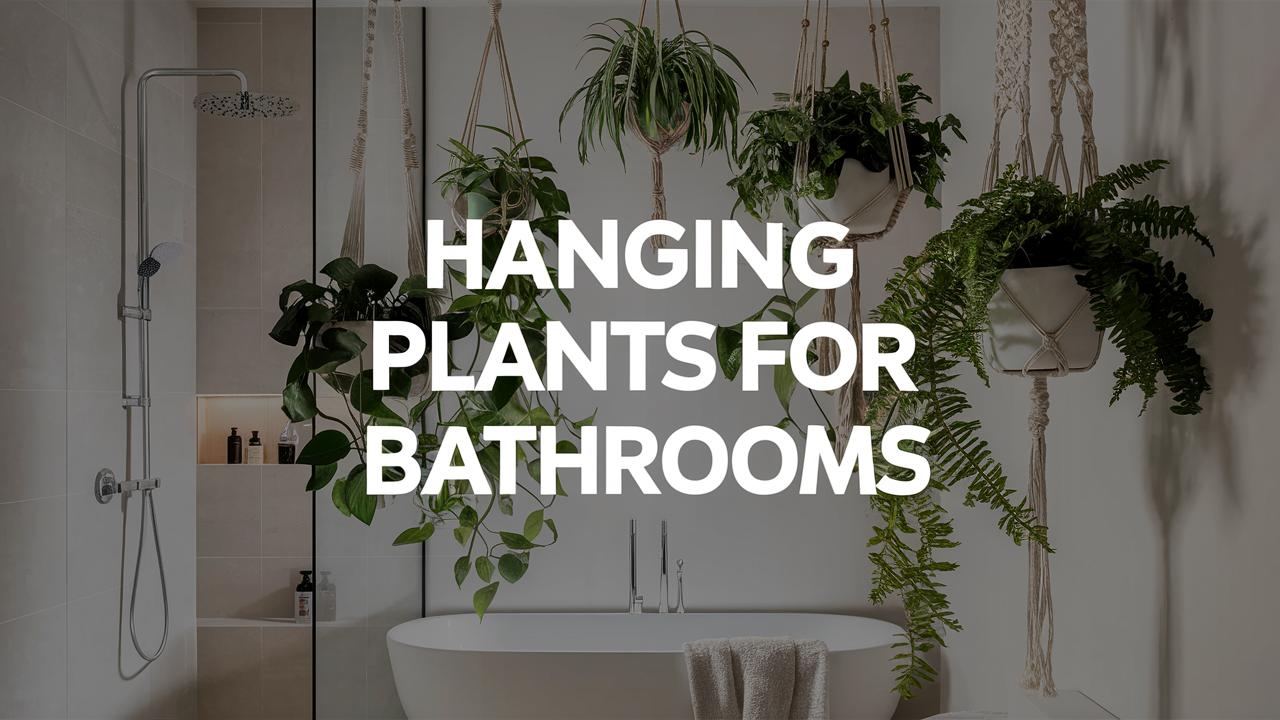In this guide, we will explore a selection of hanging plants that flourish in these often-humid spaces, lending beauty and serenity to your daily routines.
Spider Plant (Chlorophytum Comosum)
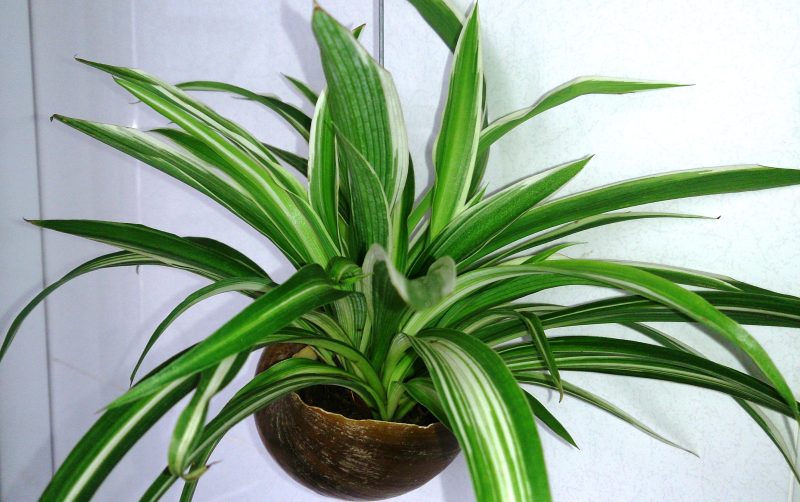
The spider plant is a resilient champion in the world of houseplants, making it an ideal choice for bathrooms. This perennial powerhouse is known for its long, arching leaves that can grow up to 12 inches in length, creating a cascading effect when hung. The spider plant is particularly tolerant of a variety of lighting conditions, thriving in low to bright, indirect light, which is perfect for a bathroom setting.
One of the most fascinating features of the spider plant is its ability to produce “baby” plants, or offsets, known as “pups.” These pups can be propagated and shared with friends, making spider plants not just a beautiful addition to your bathroom, but also a wonderful gift. Care is minimal: just keep the soil slightly moist and mist the leaves occasionally to mimic humidity. With its air-purifying qualities and vibrant appearance, the spider plant is sure to bring a refreshing flair to your bathroom oasis.
English Ivy (Hedera Helix)
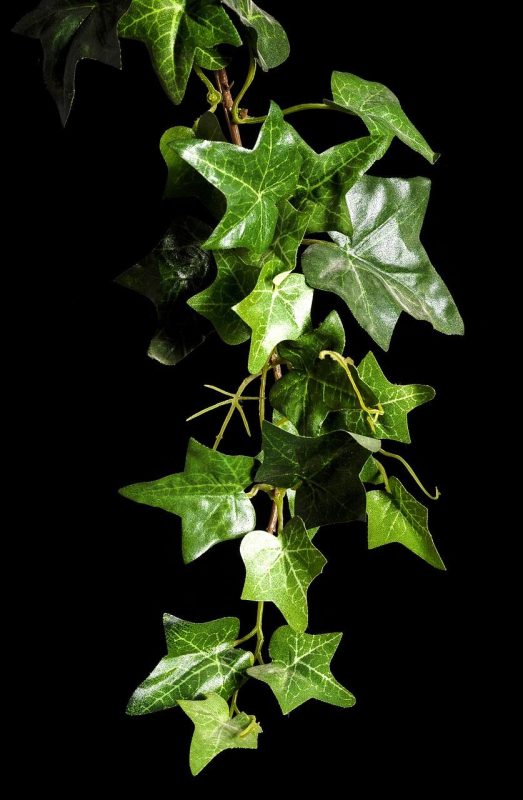
English ivy is a classic hanging plant that winds its way into the hearts of plant enthusiasts and decorators alike. This versatile vine is renowned for its ability to thrive in various conditions and can adapt to low light, making it exceptional for bathroom spaces. Its lush green foliage can take on a variety of hues, from dark to light green, depending on the variety, adding dimension and character to any space.
In terms of care, English ivy prefers slightly moist soil and high humidity, both of which are often naturally available in bathrooms. Not only is it visually appealing, but English ivy is also famous for its air-purifying benefits. It can help filter out common household toxins, making your bathroom (and home) a safer haven for your family. To keep it growing robustly, prune occasionally to maintain its shape and encourage fuller growth. With its elegant draping leaves, English ivy can also complement various bathroom styles, from modern to traditional.
Pothos (Epipremnum Aureum)
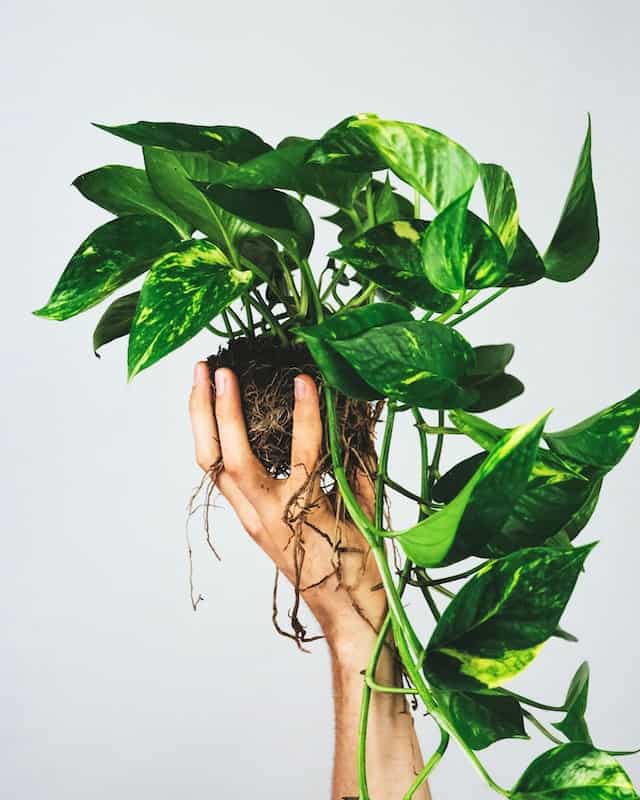
Pothos, often identified by its heart-shaped leaves, has become a beloved choice for hanging arrangements in homes, particularly bathrooms. This plant is a true survivor, capable of thriving in different environments, including low light. The variegated leaves come in shades of green, yellow, and even white, adding an artistic touch to your bathroom’s ambiance.
Pothos care is simple: allow the soil to dry out between waterings and offer a balanced liquid fertilizer every few months during the growing season. Its trailing vines can grow up to 10 feet long if encouraged, making it a glorious statement piece in a bathroom setting. The plus side? Pothos also excel at purifying the air, removing harmful pollutants and leaving you with a fresher atmosphere post-shower. Whether draping over a shelf or cascading from a high hook, pothos can thrive while offering a beautiful, green addition to your bathroom decor.
Philodendron Heartleaf (Philodendron Scandens)
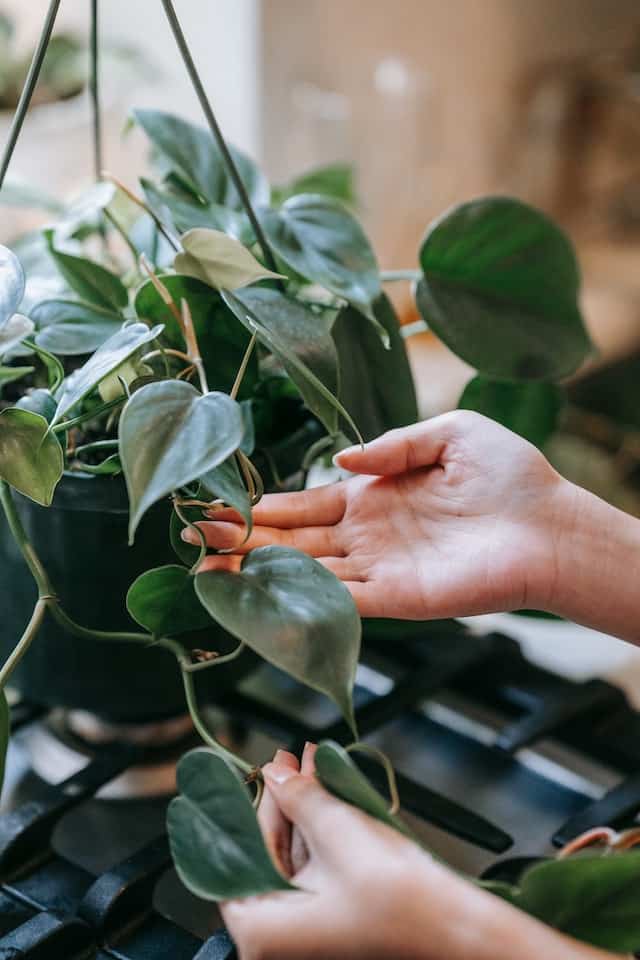
The philodendron heartleaf is known for its striking foliage and trailing growth, making it a popular choice for hanging displays in any room, especially bathrooms. Its glossy, green, heart-shaped leaves are a perfect representation of nature’s elegance and simplicity. This plant is particularly forgiving of neglect, making it perfect for busy individuals.
Heartleaf philodendrons thrive in warm, humid environments, so placing them in your bathroom is a match made in heaven. They prefer to dry out slightly between watering, ensuring that the roots do not sit in overly saturated soil. A low to moderate light condition suits them well, adapting beautifully to indirect sunlight. As they grow, allow their vines to drape gracefully for a natural, relaxed look that adds a soft touch to your bathroom’s atmosphere.
String Of Hearts (Ceropegia Woodii)
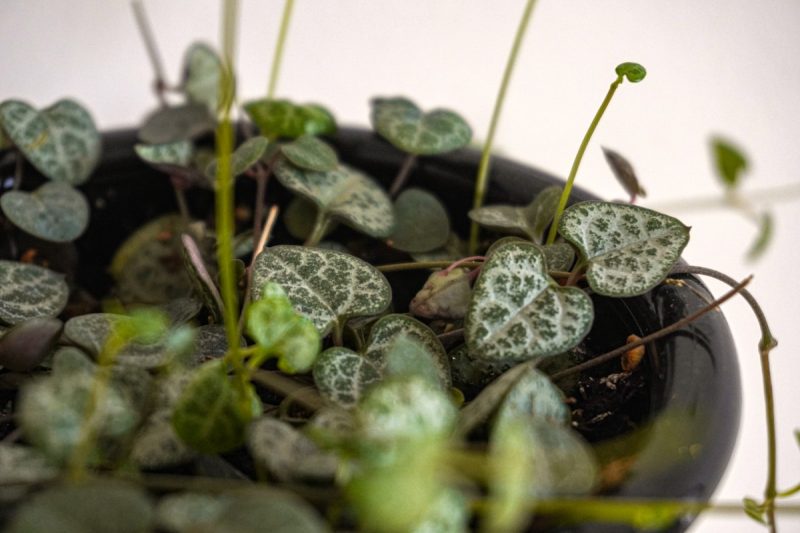
With delicate, heart-shaped leaves that resemble tiny green hearts, the string of hearts is not only charming but also a stunning addition to any bathroom. This succulent-based vine thrives in hanging baskets, where its trailing tendrils can elegantly cascade downward. The string of hearts can tolerate lower humidity than some plants, making it fairly adaptable if your bathroom isn’t consistently humid.
While enjoying bright, indirect sunlight, this plant prefers to dry out completely between waterings, so overwatering can become a concern. The unique variegation of its leaves adds an interesting visual element, making it an eye-catching focal point. With its charming aesthetic and forgiving nature, the string of hearts brings a touch of whimsy to your bathing space.
Boston Fern (Nephrolepis Exaltata)
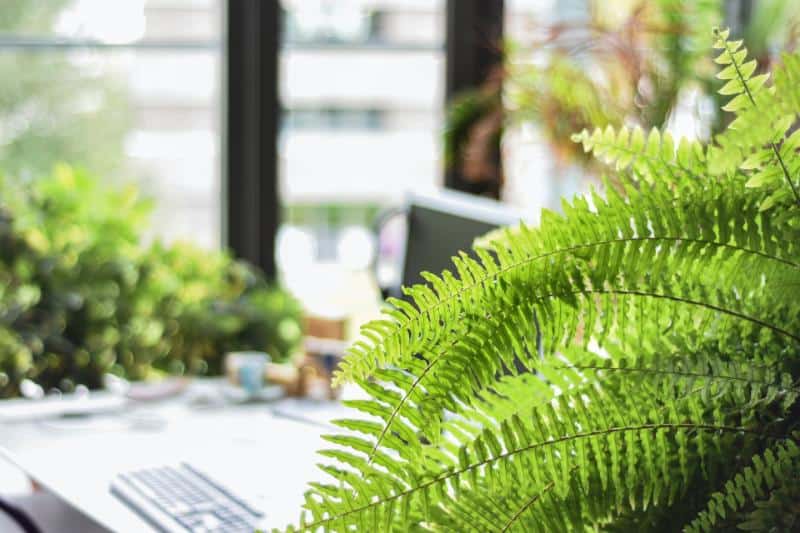
Boston ferns bring a lush, tropical vibe to bathrooms that predispose them to high humidity and warmth. This hardy fern creates a bushy appearance with long, arching fronds, making it an excellent choice for hanging baskets. Boston ferns thrive in bright, indirect light, which can often be found in homes where natural light enters the bathroom.
One of the key benefits of Boston ferns is their natural ability to filter indoor air pollutants, thus improving the air quality of your space. They thrive on moisture, so keep the soil consistently moist and mist the fronds regularly to provide the humidity they crave. A Boston fern can become quite voluminous, adding lush greenery and depth to your bathroom decor. With the right care and attention, these ferns can easily become a statement piece in your sanctuary.
Tradescantia Zebrina (Wandering Jew)
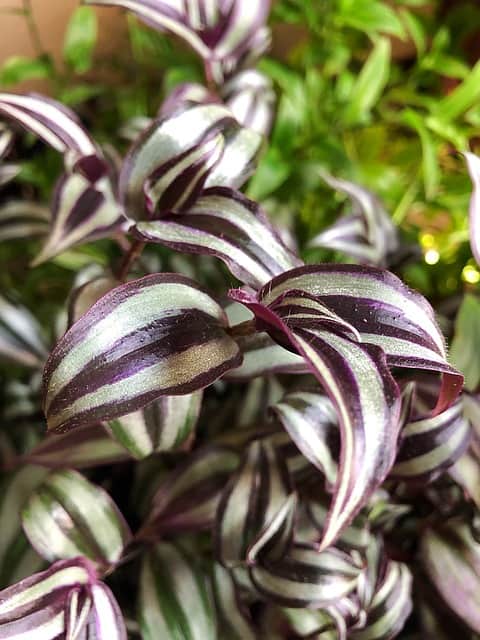
The Tradescantia zebrina, commonly known as the wandering Jew, is appreciated for its vibrant foliage and lively growth habit. The leaves feature striking purple and green stripes that lend an artistic flair to your bathroom decor. This plant thrives in moderate to bright indirect light, making it a perfect candidate for those bright bathroom corners.
As a trailing plant, the wandering Jew can create a dramatic cascading effect when hung high. Its care is relatively straightforward, requiring water only when the topsoil has dried out. This delightful specimen is also quite resilient and responds well to occasional trimming, which can encourage fuller growth. Its eye-catching colors and fast growth make the wandering Jew a lovely addition to any bathroom setting, creating a warm and inviting atmosphere.
String Of Pearls (Senecio Rowleyanus)
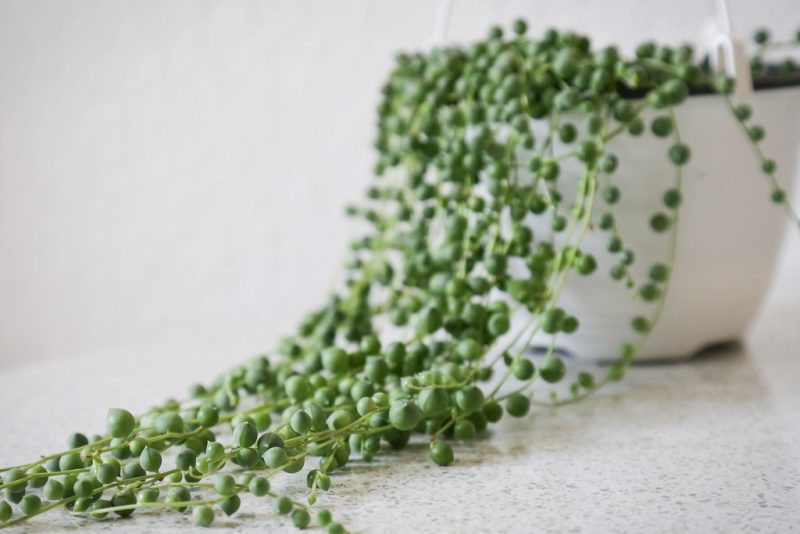
The string of pearls is one of the most adored succulent plants, known for its unique, bead-like leaves that resemble strings of pearls. This plant is perfect for hanging arrangements where it can display its trailing qualities to full effect. Placement in a bright location is vital, as it thrives under direct sunlight for several hours each day.
With minimal care needs, string of pearls requires moderate watering, allowing the soil to dry out completely before the next watering session. Overwatering can be detrimental, so err on the side of caution. The charm of string of pearls lies in its unusual aesthetics, making it a captivating focal piece in your bathroom. The soothing and lush appearance of this plant adds a unique touch to your personal space.
Asparagus Fern (Asparagus Setaceus)

The asparagus fern is an incredible plant that, despite its name, is not a true fern but a member of the lily family. Known for its feathery foliage, this plant creates a soft, delicate look that can enliven any bathroom. The asparagus fern produces long, trailing stems with fine, needle-like leaves, providing a lovely contrast to more traditional leafy plants.
While it’s not a true fern, it thrives in similar environments—humid and warm spaces with indirect light. Watering needs can vary; it’s important to let the soil dry out slightly between waterings to avoid root rot. This easy-going plant can create visual intrigue, particularly when allowed to cascade down from a hanging planter. In addition to its beauty, it helps improve overall air quality, making for a healthier bathroom environment.
Burro’s Tail (Sedum Morganianum)

The burro’s tail is adored for its unique cascading stems adorned with plump, succulent leaves. This plant is an excellent choice for hanging in bathrooms, as it can thrive in a range of light situations, although it flourishes best in bright, indirect sunlight. The fleshy leaves store water, making this succulent drought-tolerant and easy to care for.
Watering should be infrequent, allowing the soil to dry out between applications, and care should be taken to prevent excess humidity, which can lead to rot. The burro’s tail’s beauty comes from its trailing growth, and when hung properly, it can create a stunning display that softens the appearance of any space. This low-maintenance plant is ideal for those who prefer a laid-back approach to home gardening while still wanting the benefits of greenery.
Maidenhair Fern (Adiantum)
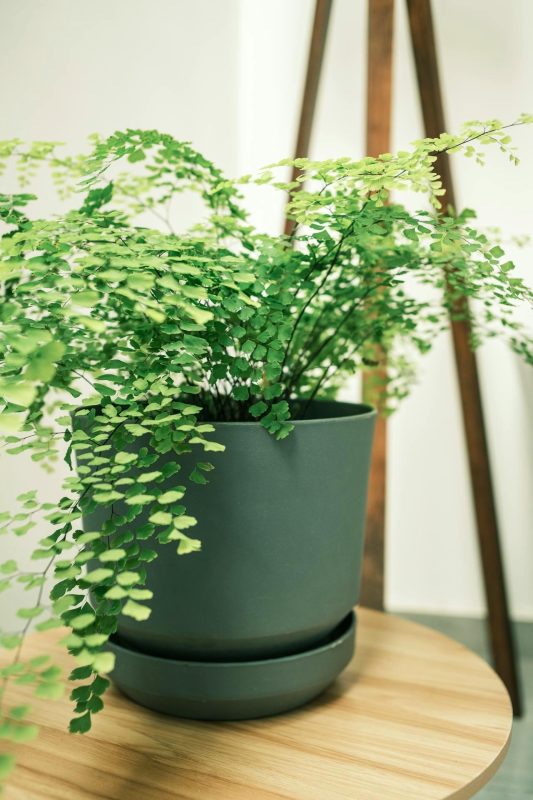
The maidenhair fern is one of the most delicate and graceful ferns available, with its soft, wispy fronds creating a lush, ethereal atmosphere. This fern loves high humidity and indirect sunlight, making bathrooms an exceptional environment for it to flourish. With its airy appearance, a hanging maidenhair fern can instantly transform your bathroom into a lush retreat.
This fern thrives best when kept consistently moist, so make sure to water it regularly and mist it to increase humidity levels. Care does require attention, as maidenhair ferns are susceptible to drying out. However, when nurtured properly, they reward you with an attractive, cascading display that adds a touch of elegance to any bathroom space.
Lipstick Plant (Aeschynanthus Radicans)
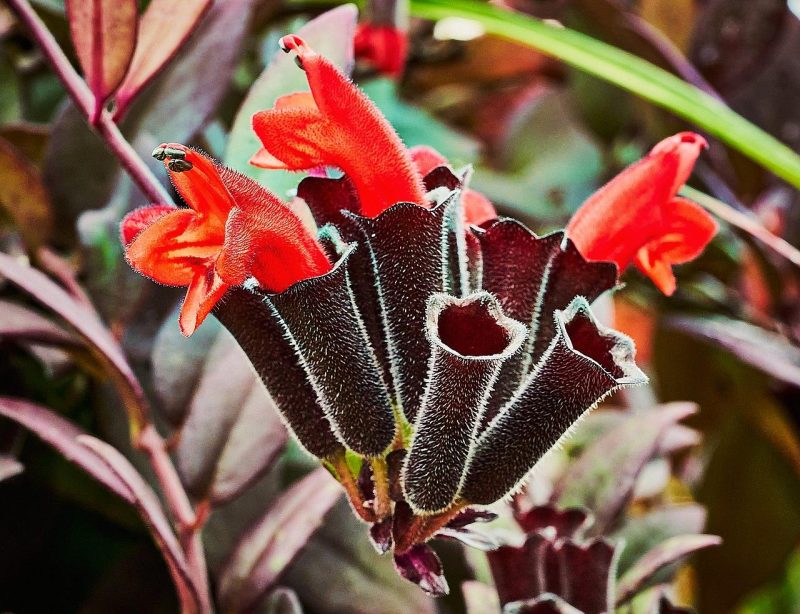
With glossy green leaves and vibrant red tubular flowers, the lipstick plant is a unique and colorful addition to any bathroom. This tropical epiphyte thrives in humidity and prefers indirect light, making it particularly suited for this environment. The striking blooms often attract attention, bringing a splash of color to your setting.
The care for lipstick plants is relatively simple; they thrive in slightly moist soil, so water them only when the top inch feels dry. Fertilizing every few months during the growing season will also encourage blooming. Besides their aesthetic appeal, lipstick plants can proliferate quickly if cared for properly, spanning lush green growth down to the floor, making them an excellent choice for that bathroom ambiance you desire.
Rhipsalis (Mistletoe Cactus)
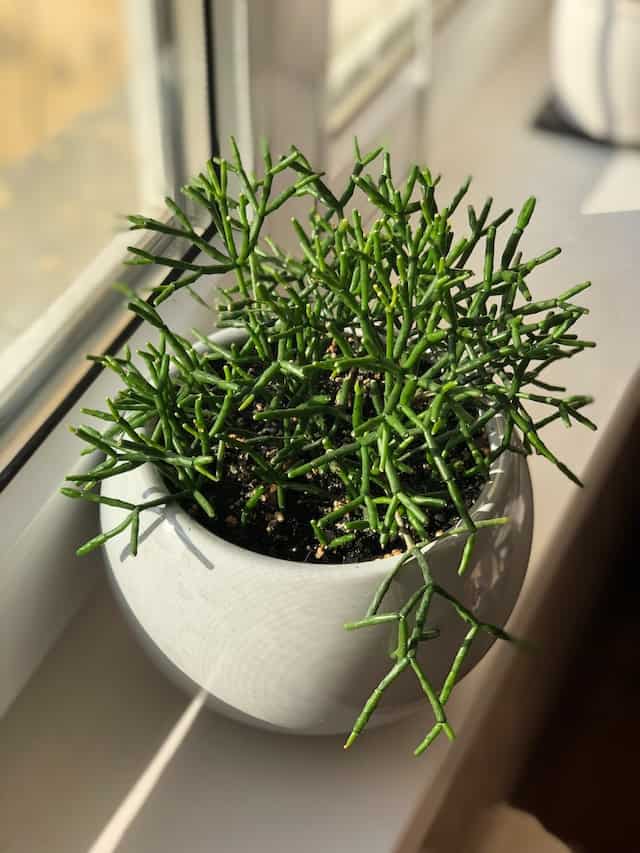
Rhipsalis, or mistletoe cactus, is a stunning hanging plant that offers a unique twist for your bathroom decor. Unlike traditional cacti, Rhipsalis thrives in humid environments, making it perfectly suited for a bathroom setting. Its elongated, segmented growth and trailing nature make it a visually captivating piece that can add life and interest.
Bright, indirect light helps this plant thrive, but it can also tolerate low light conditions. Watering should be moderate, allowing the soil to dry out between waterings to prevent rot. Rhipsalis is resilient against low humidity levels often found in many homes, making it versatile and easy to maintain. Its unusual appearance and low maintenance needs make it a great choice for bathrooms in need of an exotic touch.
Peperomia Prostrata (String Of Turtles)
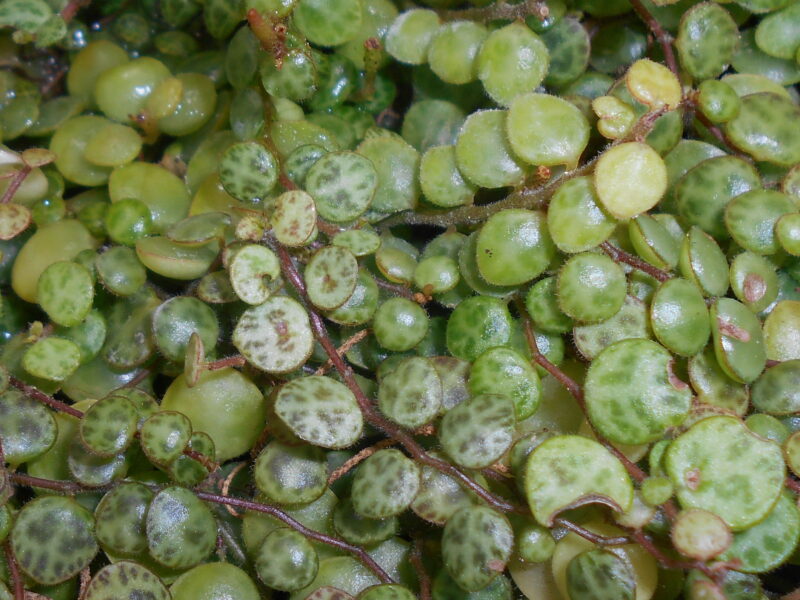
The string of turtles is a compact, charming plant with round, turtle shell-patterned leaves that cascade beautifully when hung. This unique plant prefers bright, indirect light, making it perfect for bathrooms that receive some sunlight. Its slow-growing nature means it won’t outgrow its space quickly, allowing you to nurture it comfortably.
Peperomia prostrata thrives in well-draining soil; ensure the top layer dries out between waterings to avoid over-saturation. It’s also adaptable to a variety of humidity levels, making it versatile for bathroom conditions. This delightful plant is not just pleasing to the eye but also adds a touch of whimsy to your bathroom decor while requiring minimal care.
Chenille Plant (Acalypha Hispida)
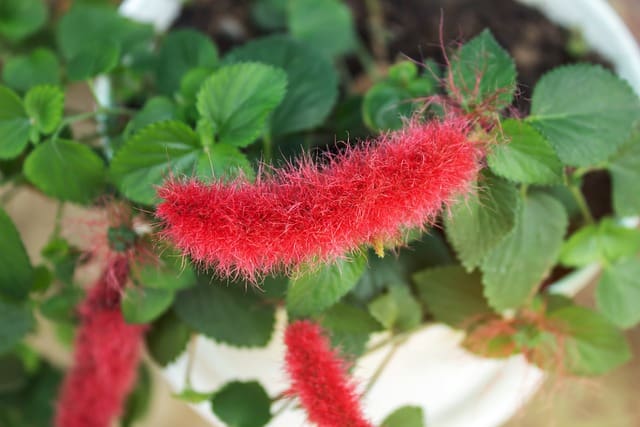
The chenille plant is celebrated for its striking, fuzzy red flowers that dangle like tails from its green foliage. This tropical plant thrives in warm, humid conditions, making it a fitting choice for bathroom spaces. Its unique appearance instantly adds a pop of color and can contrast beautifully against neutral bathroom palettes.
Providing bright, indirect sunlight is key to keeping your chenille plant flourishing. Water regularly, allowing the top layer of soil to dry out slightly, and be sure to maintain the humidity levels it craves. Pruning dead flowers will encourage new blooms, making this plant an ongoing source of joy. The chenille plant’s dramatic look ensures that it is a conversation starter and a delightful companion in your bathroom space.


